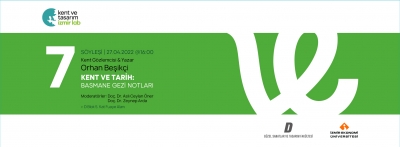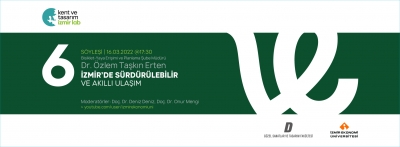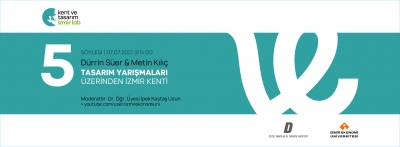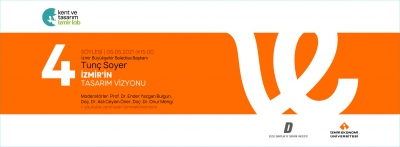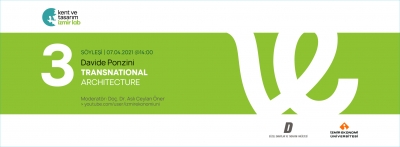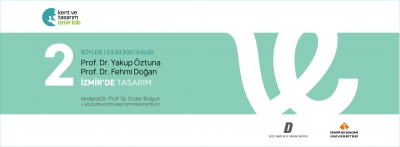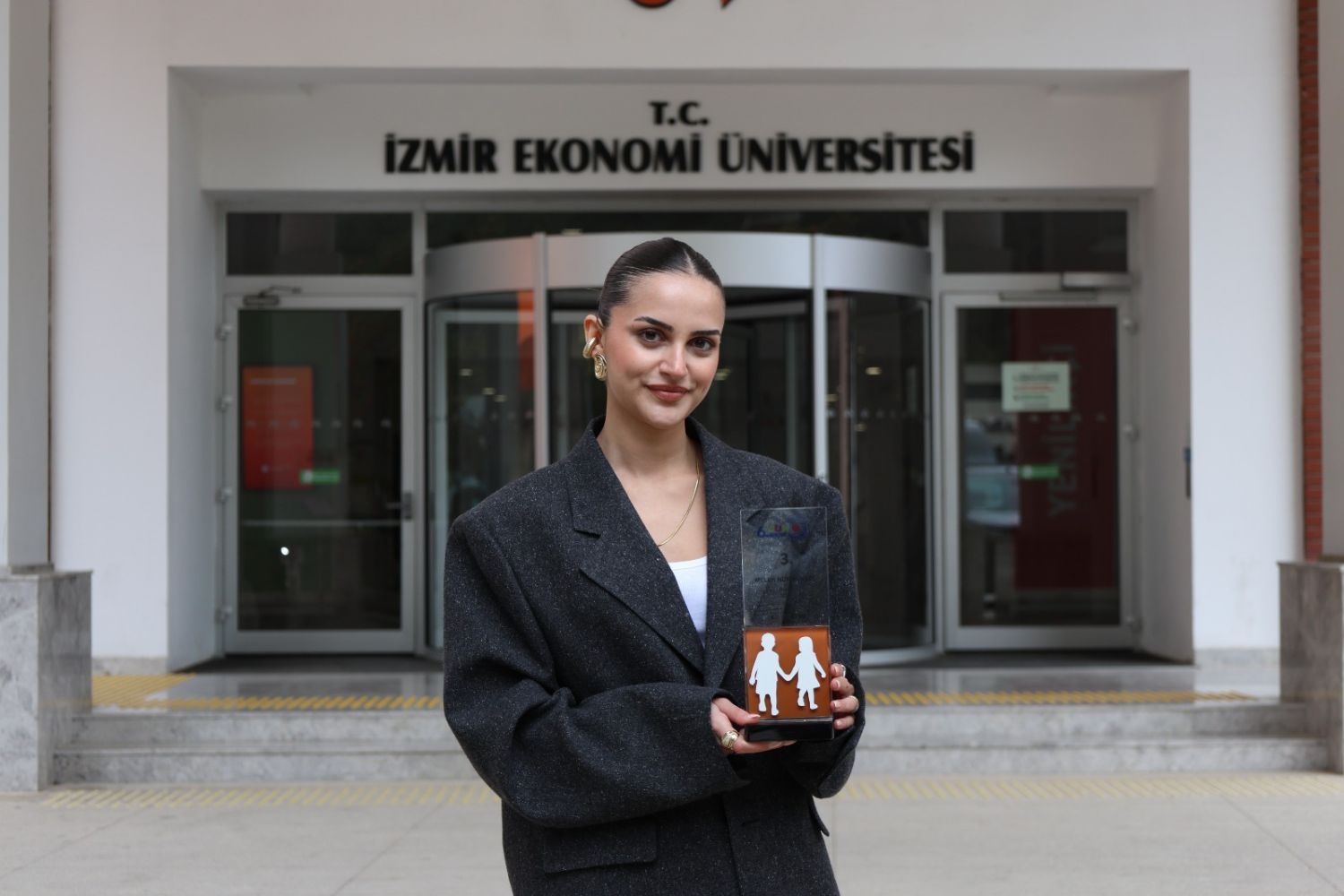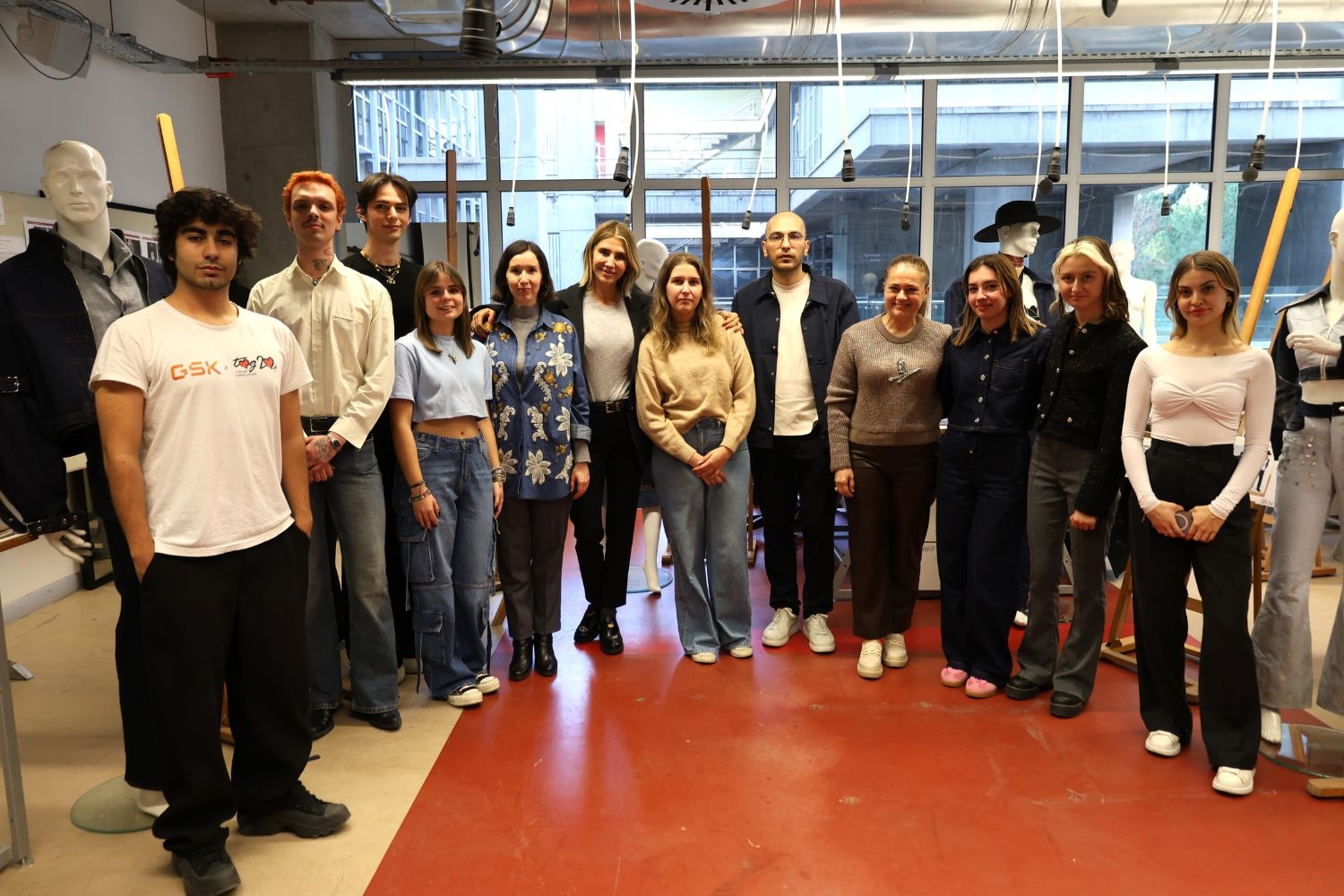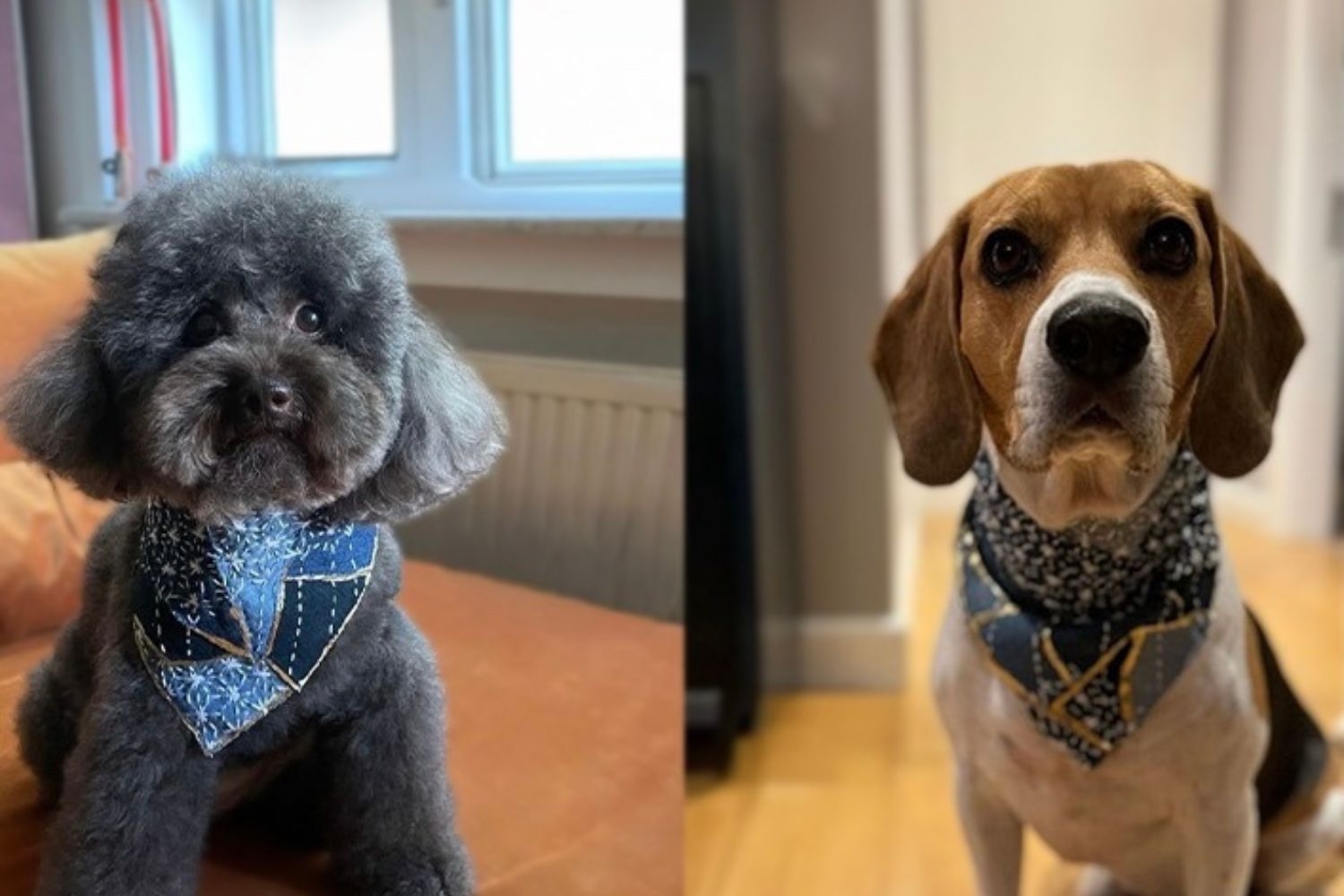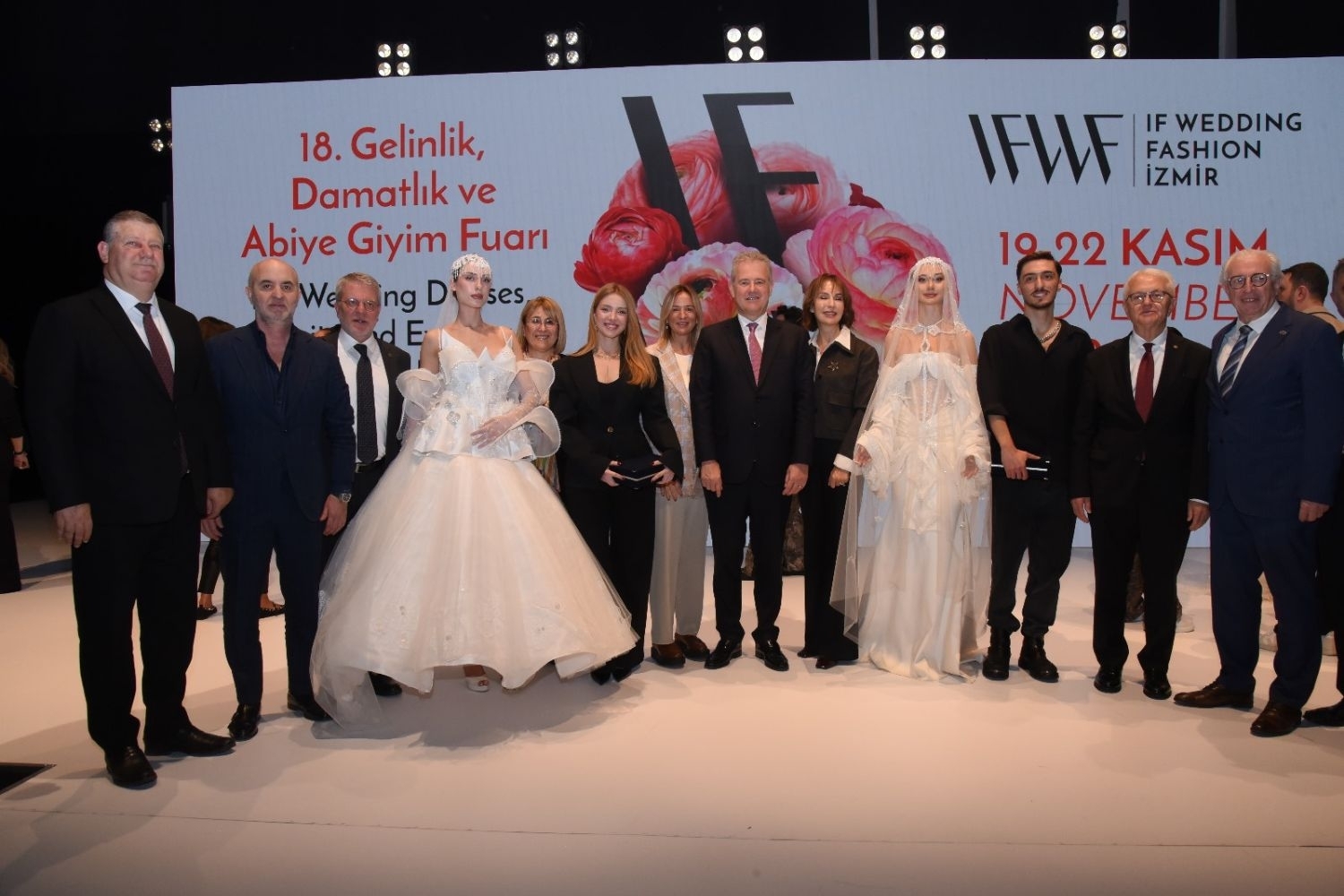FACULTY OF FINE ARTS AND DESIGN
Department of Textile and Fashion DesignFA 315 | Course Introduction and Application Information
| Course Name |
Advanced Fashion Illustration
|
|
Code
|
Semester
|
Theory
(hour/week) |
Application/Lab
(hour/week) |
Local Credits
|
ECTS
|
|
FA 315
|
Fall/Spring
|
2
|
2
|
3
|
4
|
| Prerequisites |
None
|
|||||
| Course Language |
English
|
|||||
| Course Type |
Elective
|
|||||
| Course Level |
First Cycle
|
|||||
| Mode of Delivery | face to face | |||||
| Teaching Methods and Techniques of the Course | Critical feedbackJuryApplication: Experiment / Laboratory / WorkshopLecture / Presentation | |||||
| National Occupation Classification | - | |||||
| Course Coordinator | ||||||
| Course Lecturer(s) | ||||||
| Assistant(s) | - | |||||
| Course Objectives | This course introduces fashion illustration from both a historical and contemporary perspective. It aims to develop on existing drawing skills by introducing advanced art materials, and a variety of drawing, painting and mixed media techniques for fashion illustration which students will use to develop more professional presentations. |
| Learning Outcomes |
The students who succeeded in this course;
|
| Course Description | This course will build on existing skills to develop a more professional standard of fashion illustration. An introduction to the history of fashion illustration and contemporary practice will help students identify various styles, techniques, media, and illustrators. There will be a strong focus on drawing, and as exploration of various techniques and media including paint, collage, photography and computer aided design. |
| Related Sustainable Development Goals |
|
|
|
Core Courses | |
| Major Area Courses | ||
| Supportive Courses |
X
|
|
| Media and Management Skills Courses | ||
| Transferable Skill Courses |
WEEKLY SUBJECTS AND RELATED PREPARATION STUDIES
| Week | Subjects | Related Preparation |
| 1 | Introduction Brief History of Fashion Illustration Preparatory exercise - Collage Techniques | Blackman, C., “100 Years of Fashion Illustration”, Laurnce King, London, (2007) pp8-11/ pp70-73 Mackrell, A., “An Illustrated History of Fashion: 500 years of fashion illustration”, Batsford, London, (1997) |
| 2 | Historical Techniques | |
| 3 | Linear Techniques | |
| 4 | Paper Cut Techniques | Strathmore Artist Papers (2016) “PAPER CUTTING: Introduction to Paper Cutting with Grace Hart - Part 1” Youtube. Available at: https://www.youtube.com/watch?v=sl2WcHgoXE0 |
| 5 | Editorial Illustration | |
| 6 | Ink Techniques | |
| 7 | Marker Techniques | |
| 8 | Advertising / Graphic Design / Packaging | |
| 9 | Illustrated Pattern | |
| 10 | Term Project – Identifying Subject Matter Creating Scenarios, Proportions, Pose and Posture | Reigelman, N., “9 Heads : a guide to fashion drawing”, Prentice Hall, (2001) |
| 11 | Term Project – Illustration Drafting | |
| 12 | Term Project – Identifying Techniques & Colour Schemes | |
| 13 | Term Project – Rendering | |
| 14 | Term Project – Rendering | |
| 15 | Review of the Semester | |
| 16 | Review of the Semester |
| Course Notes/Textbooks | |
| Suggested Readings/Materials | Abling, B., “Fashion Sketchbook”, Fairchild Publications, New York (2007) ISBN-13: 978-1563674471 Blackman, C., “100 Years of Fashion Illustration”, Laurnce King, London, (2007) ISBN-13: 978-1856694629 Dawber, M., “New Fashion Illustration”, Page One Publishing, Barcelona, (2005) ISBN-13: 978-9812452313 Dawber, M., “The Big Book of Fashion Illustration”, Batsford, London, (2007) ISBN-13: 978-0713490459 Mackrell, A., “An Illustrated History of Fashion: 500 years of fashion illustration”, Batsford, London, (1997) ISBN-13: 978-0896762169 Maite L., “Essential Fashion Illustration”, Page One Publishing Private Limited, (2005) ISBN-13: 978-1592532537 Reigelman, N., “9 Heads : a guide to fashion drawing”, Prentice Hall, (2001) ISBN-13: 978-0132238441 Tallon, K., “Digital Fashion Illustration with Photoshop and Illustrator”, Batsford, London, (2008) ISBN-13: 978-0713490589 Watanabe, N., “Contemporary Fashion Illustration Techniques”, Rockport Pub., Beverly, MA, (2009) ISBN-13: 978-1592535569 |
EVALUATION SYSTEM
| Semester Activities | Number | Weigthing |
| Participation | ||
| Laboratory / Application | ||
| Field Work | ||
| Quizzes / Studio Critiques |
1
|
30
|
| Portfolio | ||
| Homework / Assignments | ||
| Presentation / Jury |
1
|
30
|
| Project |
1
|
40
|
| Seminar / Workshop | ||
| Oral Exams | ||
| Midterm | ||
| Final Exam | ||
| Total |
| Weighting of Semester Activities on the Final Grade |
3
|
100
|
| Weighting of End-of-Semester Activities on the Final Grade | ||
| Total |
ECTS / WORKLOAD TABLE
| Semester Activities | Number | Duration (Hours) | Workload |
|---|---|---|---|
| Theoretical Course Hours (Including exam week: 16 x total hours) |
16
|
2
|
32
|
| Laboratory / Application Hours (Including exam week: '.16.' x total hours) |
16
|
2
|
32
|
| Study Hours Out of Class |
14
|
1
|
14
|
| Field Work |
0
|
||
| Quizzes / Studio Critiques |
1
|
12
|
12
|
| Portfolio |
0
|
||
| Homework / Assignments |
0
|
||
| Presentation / Jury |
1
|
12
|
12
|
| Project |
1
|
18
|
18
|
| Seminar / Workshop |
0
|
||
| Oral Exam |
0
|
||
| Midterms |
0
|
||
| Final Exam |
0
|
||
| Total |
120
|
COURSE LEARNING OUTCOMES AND PROGRAM QUALIFICATIONS RELATIONSHIP
|
#
|
Program Competencies/Outcomes |
* Contribution Level
|
|||||
|
1
|
2
|
3
|
4
|
5
|
|||
| 1 |
To be able to develop and design a collection independently. |
-
|
-
|
-
|
-
|
-
|
|
| 2 |
To be able to do maintain a design research individually or as a team. |
-
|
X
|
-
|
-
|
-
|
|
| 3 |
To be able to develop entrepreneurship- and managerial skills for a future professional practice. |
-
|
-
|
-
|
-
|
-
|
|
| 4 |
To be able to understand, interpret and apply theoretical knowledge in fashion and textile design. |
-
|
-
|
-
|
-
|
-
|
|
| 5 |
To be able to analyze and integrate the particular local and regional needs and of their profession. |
-
|
-
|
-
|
-
|
-
|
|
| 6 |
To be able to obtain a multidisciplinary point of view, follow and analyze the new issues, changes and trends in contemporary design and art in such a way that they can be integrated into design practice. |
-
|
-
|
X
|
-
|
-
|
|
| 7 |
To be able to apply industrial requirements, knowledge of material & usage and know-how knowledge in the creation of high quality fashion products. |
-
|
-
|
-
|
-
|
-
|
|
| 8 |
To be able to use digital information and communication technologies at a level that is adequate to the discipline of fashion and textile design. |
-
|
-
|
X
|
-
|
-
|
|
| 9 |
To be able to develop an ongoing analytical and professional approach to academic and design research. |
-
|
-
|
-
|
-
|
-
|
|
| 10 |
To be able to recognize the need and importance of a personal lifelong learning attitude towards their chosen area of interest. |
-
|
X
|
-
|
-
|
-
|
|
| 11 |
To be able to collect data in the areas of fashion and textile design and communicate with colleagues in a foreign language ("European Language Portfolio Global Scale", Level B1). |
-
|
-
|
-
|
-
|
-
|
|
| 12 |
To be able to speak a second foreign at a medium level of fluency efficiently. |
-
|
-
|
-
|
-
|
-
|
|
| 13 |
To be able to relate the knowledge accumulated throughout the human history to their field of expertise. |
-
|
-
|
-
|
-
|
-
|
|
*1 Lowest, 2 Low, 3 Average, 4 High, 5 Highest
NEWSALL NEWS

IZMIR UNIVERSITY OF ECONOMICS GÜZELBAHÇE CAMPUS
DetailsGLOBAL CAREER
As Izmir University of Economics transforms into a world-class university, it also raises successful young people with global competence.
More..CONTRIBUTION TO SCIENCE
Izmir University of Economics produces qualified knowledge and competent technologies.
More..VALUING PEOPLE
Izmir University of Economics sees producing social benefit as its reason for existence.
More..









